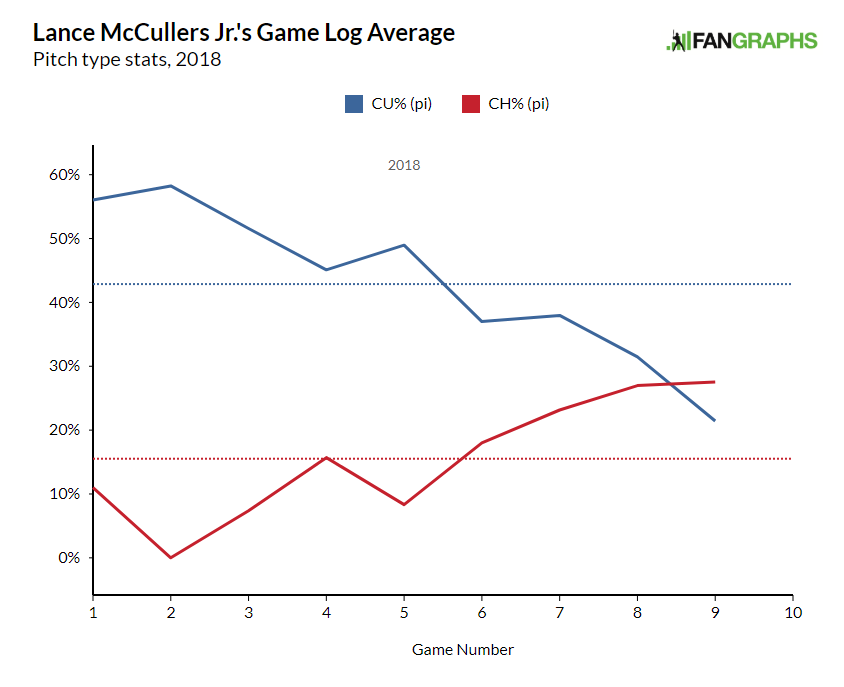Yu Darvish has gotten off to a rocky start with the Cubs, and for the better part of 23 excruciating minutes on Sunday afternoon in Cincinnati, the 31-year-old righty’s struggles appeared to be more of the same. Facing the NL’s worst team, and having failed to last five innings in either of his two previous starts this month, Darvish needed 39 pitches to escape the first inning. Fortunately for the Cubs, he avoided a meltdown and more or less dominated over his final five innings, notching his first win as a Cub and perhaps turning a corner.
Darvish entered the game sporting a 5.56 ERA and 5.12 FIP in his seven previous starts with Chicago, totaling just 33 innings, fewer than five per turn. He had been chased with one out in the fifth inning in his March 31 debut against the Marlins and was pulled from the fifth in three of his next five starts, the exceptions being a pair of six-inning, one-run outings against the Brewers. On May 7, the day before he was to make his first start following a three-homer, six-run outing against the Rockies — a start that drew boos from the Wrigley Field crowd — the Cubs placed him on the disabled list with parainfluenza virus.
The timing of Darvish’s return drew scrutiny from the hot-take-osphere, as manager Joe Maddon could have started him against the Braves at home on May 14, a makeup game for an earlier rainout, but instead opted to give him “one extra day” and start him against the same opponent in Atlanta a day later. Maddon dismissed the notion that the team had a potentially hostile Wrigley Field crowd in mind, but Darvish’s departure after four relatively sharp innings and only 61 pitches added fuel to the fire, at least until the manager revealed that the pitcher departed due to a calf cramp. Nonetheless, the perception of Darvish as mentally soft is in danger of taking root in Chicago, bad news for a pitcher who’s just one-quarter of the way through the first season of a six-year, $126 million deal, even one who owns the kind of career numbers — a 3.50 ERA, 3.38 FIP, 11.0 strikeouts per nine — that testify to his talent and outstanding stuff.
So it felt like a lot was riding on Sunday’s start against the Reds, and it didn’t go well — not to begin, at least. A six-pitch walk to leadoff hitter Alex Blandino was followed by a six-pitch foul out to catcher by Eugenio Suarez and then a single by Joey Votto on the fifth pitch. Seven pitches later, Darvish hit Scooter Gennett in the left foot with a 91 mph cutter, loading the bases. While he tidily ended a four-pitch encounter with Adam Duvall via a strikeout on a high 95 mph fastball, the Reds got on the board when Scott Schebler hit a hot grounder — with an exit velocity of 100 mph, the fastest he allowed all day — to Javier Baez on Darvish’s seventh pitch, a ball that the shortstop could only knock down. Infield single. After a visit from pitching coach Jim Hickey, with the bases still loaded, Darvish managed to put the inning to to rest by inducing Tucker Barnhart to foul out to third baseman Ian Happ, limiting the damage to one run.
Read the rest of this entry »

